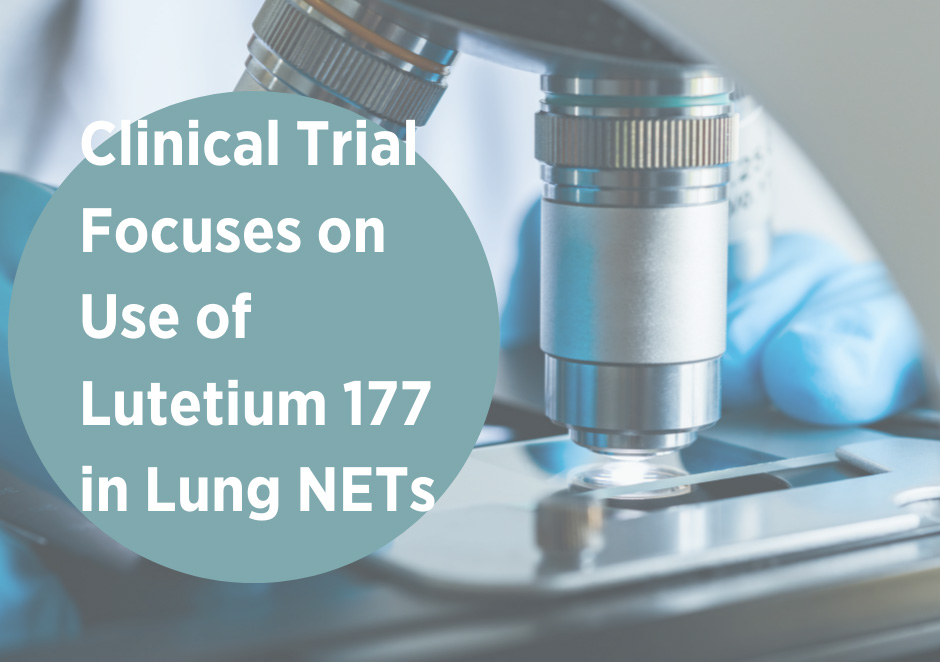
A new phase II clinical trial will evaluate the effects of Lutetium 177 (Lu 177) dotatate in patients who have somatostatin receptor-positive advanced bronchial neuroendocrine tumors.
Thomas Hope, MD, of the University of California, San Francisco, and Suki Padda, MD, of Cedars-Sinai Medical Center, are the principal investigators of the study, which compares progression-free survival, overall survival, and the overall response rate of Lu 177 dotatate compared to the standard treatment with everolimus.
Study Design
Approximately 108 patients will take part in the study, randomized to one of two treatment arms.
In the first arm of the study, patients receive Lu 177 dotatate intravenously over 30-40 minutes on the first day. The treatment repeats every 56 days for four cycles unless there is disease progression or unacceptable toxicity.
Patients in the second arm of the study receive everolimus orally every day for days 1-28, with the treatment cycles repeating every 28 days unless there is disease progression or unacceptable toxicity. Patients in the second arm of the study who experience disease progression may be eligible to cross over to the first arm.
At the end of the study, the investigators will follow the patients every three months until disease progression and then every six months for up to five years.
About the Drug
Lu 177 dotatate is a type of peptide receptor radionuclide therapy, or PPRT. PRRT using Lu-177 dotatate treats NETs by converting a cancer cell’s unique characteristics into a welcome mat for a “Trojan Horse” packed with cancer-killing radiation. This novel approach was approved for use in the United States on January 26, 2018.
(Visit the NETRF website for more information on PRRT, including how PRRT works as well as the risks and benefits of the therapeutic approach.)
Next Steps
Additional information on the study can be found at clinicaltrials.gov. Interested participants should talk to their treatment team about eligibility and determine if the study is aligned with their treatment goals.
